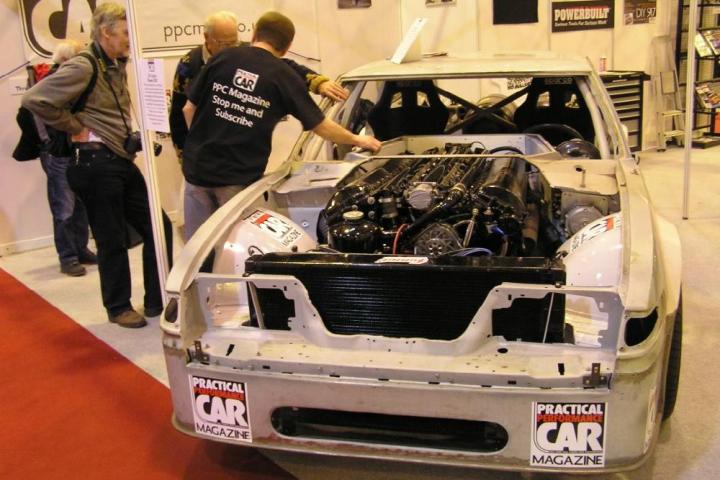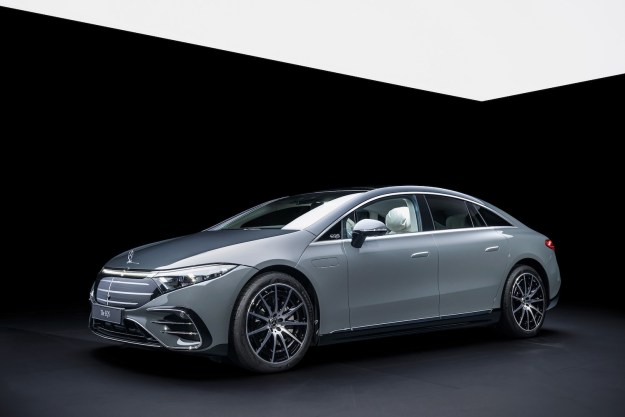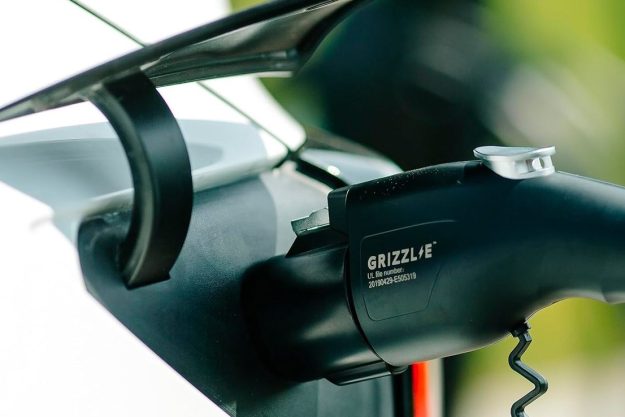
A lot of people have a restoration project in their backyard, but not many people have anything as insane as this. Just what the hell is it? At one point in its life it was a Rover SD1, that is, until its owner and chief engineer decided to put a 27-liter Rolls-Royce V12 Meteor engine in it. That’s basically the same engine as a Spitfire aircraft … in a humble sedan.
I love this thing. For starters, the Rover SD1 is maybe the only genuinely good car to come out of the monstrosity that was British Leyland. In its original form, it was powered by a 3.5-liter aluminum V8 that was born at Buick.
The famed Rover V8 put out a respectable 158 hp in its original form. That was pretty good in 1981, but it is positively put to shame by the Rolls-Royce Meteor. This thing was derived from the famous Rolls-Royce Merlin that powered both the Supermarine Spitfire and North American P51 Mustang that flew in World War II.
The Meteor was designed for use in tanks during the Second World War, it lost the turbo-supercharger but still put out 650 horsepower and more than 1500 pound-feet of torque. That was enough power to haul a Comet tank to speeds of 40 mph. The much lighter Rover can get up to 160 mph. Even at that speed, the engine is doing just barely 2,000 rpm.
That may sound incredible, but think about it; each cylinder of this V12 is not just bigger than a two-liter soda bottle, it’s also bigger than the entire engine of a Ford Focus ST. That makes for some colossal explosions.
To accommodate all this power the car has basically had to be rebuilt from the ground up. The engine bay has been extended a long ways into the passenger cabin, the steering has been switched to the left side and the entire front of the car has been filled with radiators.
One of the hardest parts of the build was restoring the engine, Charlie Brumfield, the car’s owner, told British motoring show Fifth Gear. Brumfield admitted he had to engage in some espionage to get his hands on the engine manual. Apparently, despite being designed and built in the late 1930s, the engine is still classified. That meant that he had to photocopy the manual belonging to the person he bought the motor from.
That touch just brings this incredible car’s story to life. This is a truly unique and amazing car, and my hat’s off to Mr. Brumfield. Heck, I would take off more than my hat to take it for a spin.
(Main Photo Credit: Pistonheads.com)


